Currently, there are only 3 UNESCO-endorsed geoparks in Brazil, but there are other aspiring territories and projects for the Global Geoparks Network.
There is a CPRM project called 'Geoparks of Brazil-Proposals', organized by geologists Carlos Schobbenhaus and Cassio Roberto da Silva, which aims to identify areas in Brazil with the characteristics of a Geopark in the concept of UNESCO.
Launched by the Geological Survey of Brazil (CPRM) during the 46th National Geological Congress, the study describes proposals for 17 geoparks from different regions of Brazil, presenting the contribution of 55 authors. Most of the proposals are the result of the CPRM Geoparks Project, in partnership with other federal and state entities, including university professors.
The first chapter reveals the role of the Geological Survey of Brazil in creating geoparks and conserving geological heritage; in the second, Professor José Brilha from the University of Minho, Portugal, presents the 'Global Network of National Geoparks: An Instrument for the International Promotion of Geoconservation'. The following chapters present proposals for geoparks in Brazil.
The official project website is from CPRM (click here) but below, you can check the full content of this excellent work:
file:///C:/Users/cliente/Downloads/geoparques_brasil_propostas%20(1).pdf
In Brazil, the Brazilian Geological Survey (CPRM) is an extremely important institution in the preservation of Brazilian geological heritage. CPRM is a public company, linked to the Ministry of Mines and Energy and has the mission:
'Generate and disseminate geoscientific knowledge with excellence, contributing to the improvement of the quality of life and sustainable development of Brazil'.
The Brazilian Geological Survey was born as the Mineral Resources Research Company (CPRM), a mixed economy company, authorized by Decree-Law No. 764 of August 15, 1969, and its first activities started on January 30, 1970. On December 28, 1994, CPRM through Law No. 8.970, changes its legal regime and becomes a public company with specific functions in the function of geological service of Brazil.
CPRM created the Geoparks Project of the Geological Survey of Brazil in 2006, which has the function of analyzing and supporting the creation and identification of the geosites of geoparks in Brazil. Its premise is:
Identification, survey, description, diagnosis, and broad dissemination of areas with potential for future geoparks in the national territory, as well as the inventory and quantification of geosites.... In addition to the contribution of studies and proposals from the geoscientific community.
It is up to CPRM to provide primary scientific support for the GGN's requirements regarding the identification and diagnosis of potential geoparks' geosites. CPRM has developed and manages an application that has added and contributed to the area of geoconservation, the Geo-sites and Geodiversity Sites Registration and Quantification System (GEOSSIT).
Access the Geossit: https://www.cprm.gov.br/geossit/geossitios
In this way, Brazil has technical support from a Brazilian institution for this purpose, providing an opportunity for geopark projects to obtain information and support regarding the expertise of the CPRM team to verify the relevance of their geological heritage. Therefore, interested parties have this assistance in identifying the selection of relevant and representative points of Brazilian geodiversity. Thus, as an open system for external public use, both scientists, geologists, researchers, and tourism professionals, as well as the population, especially educators, can rely on the scientific and educational value of this service's information (GEOSSIT, 2021).
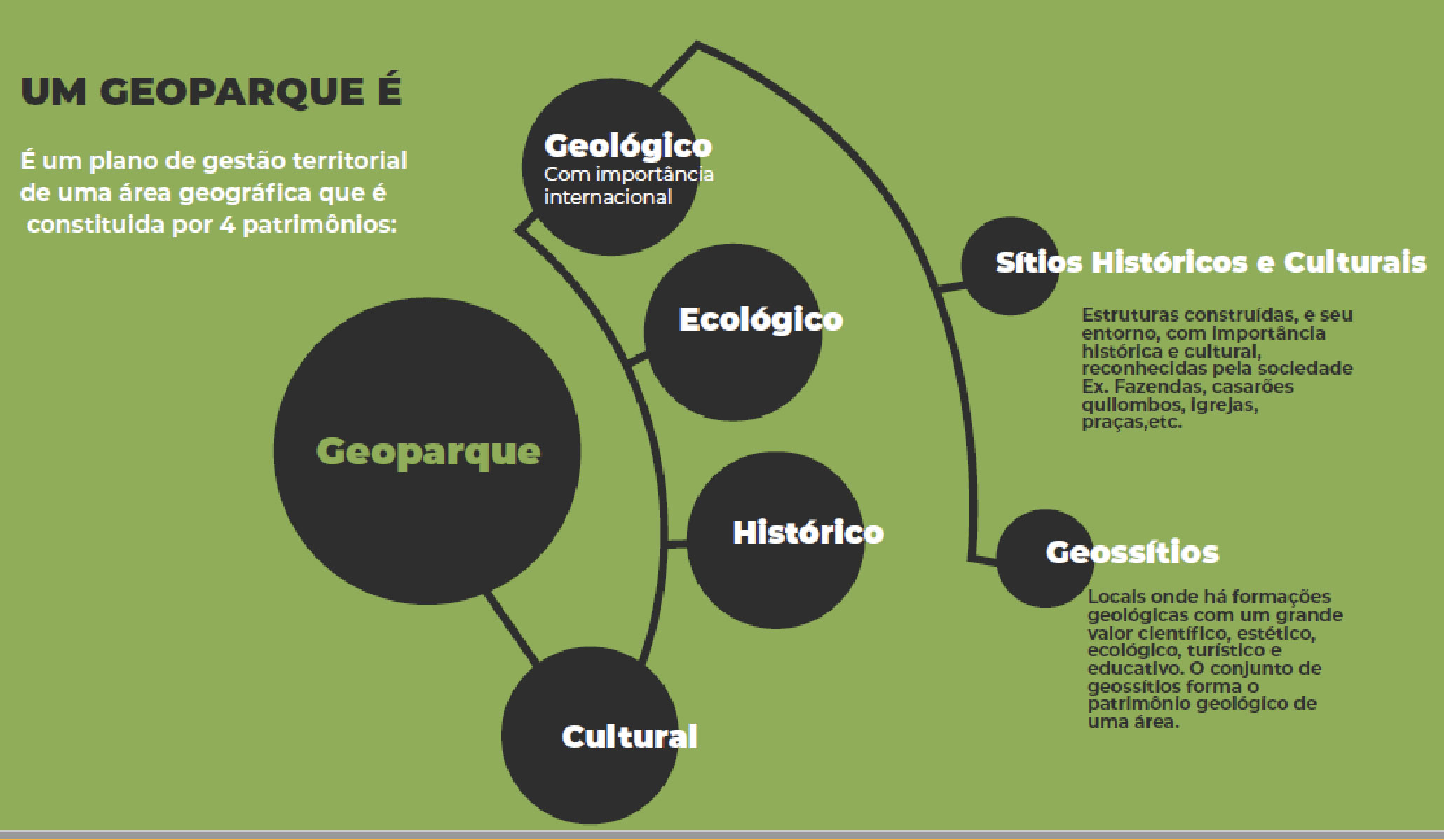
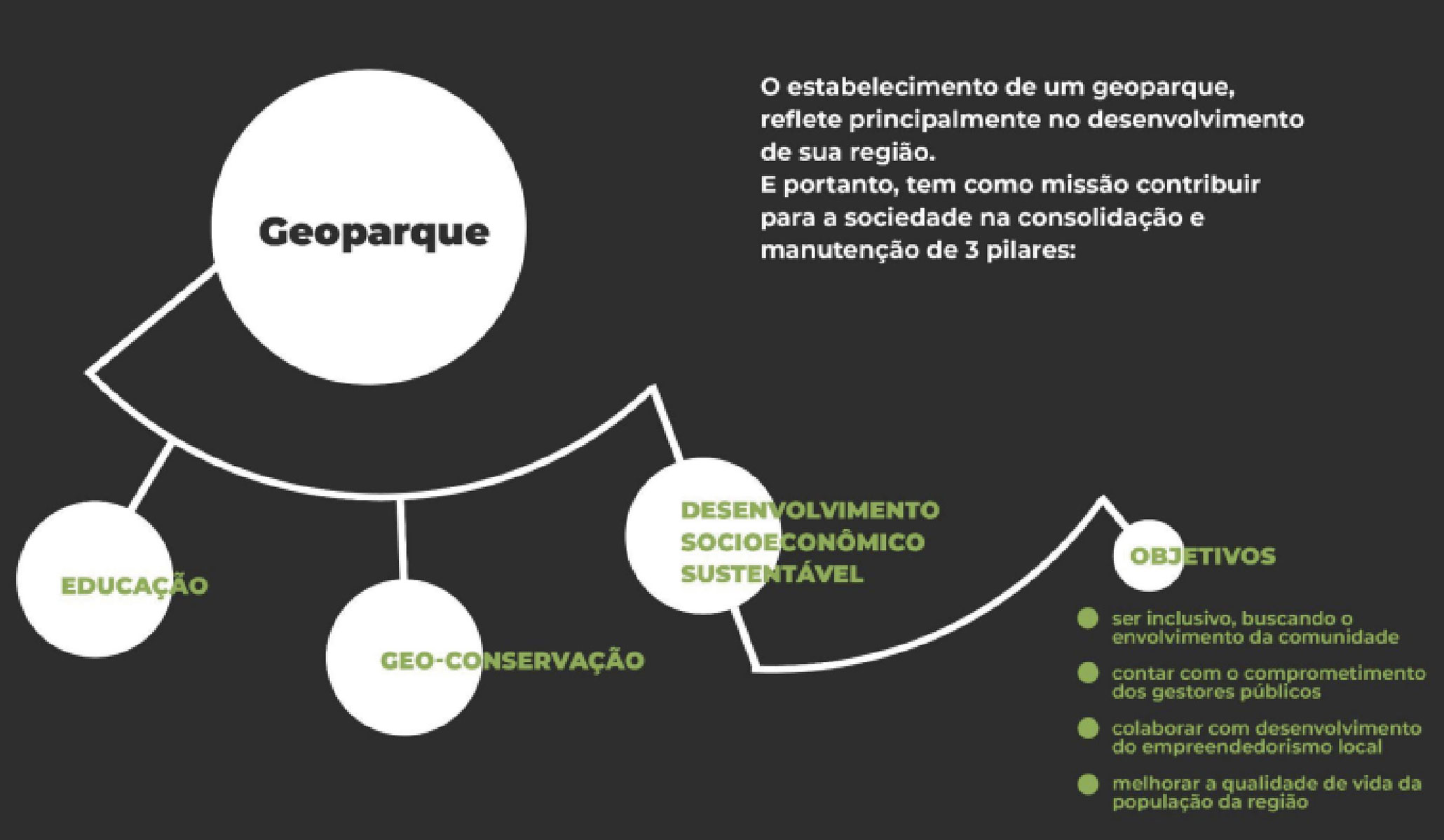


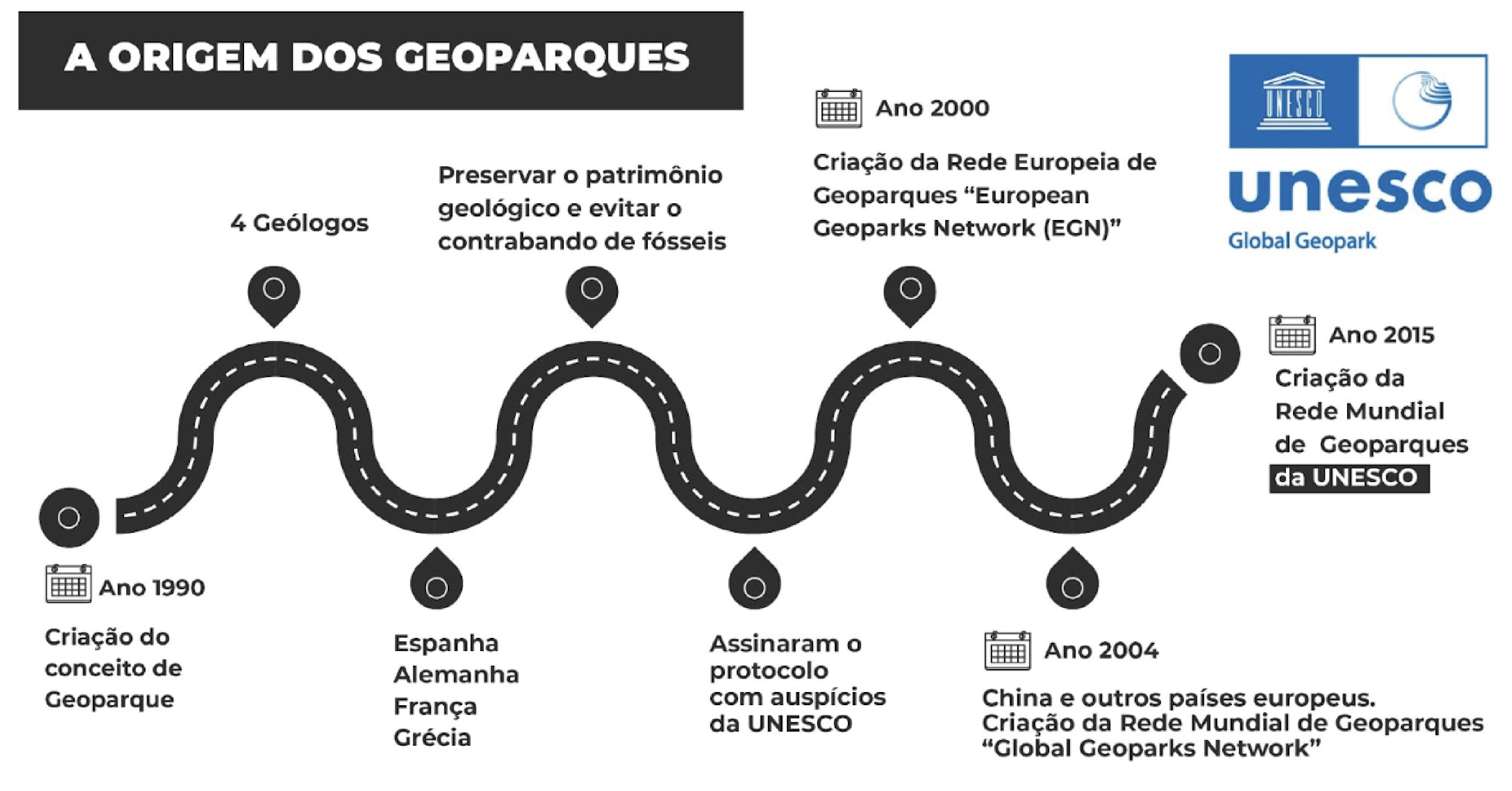



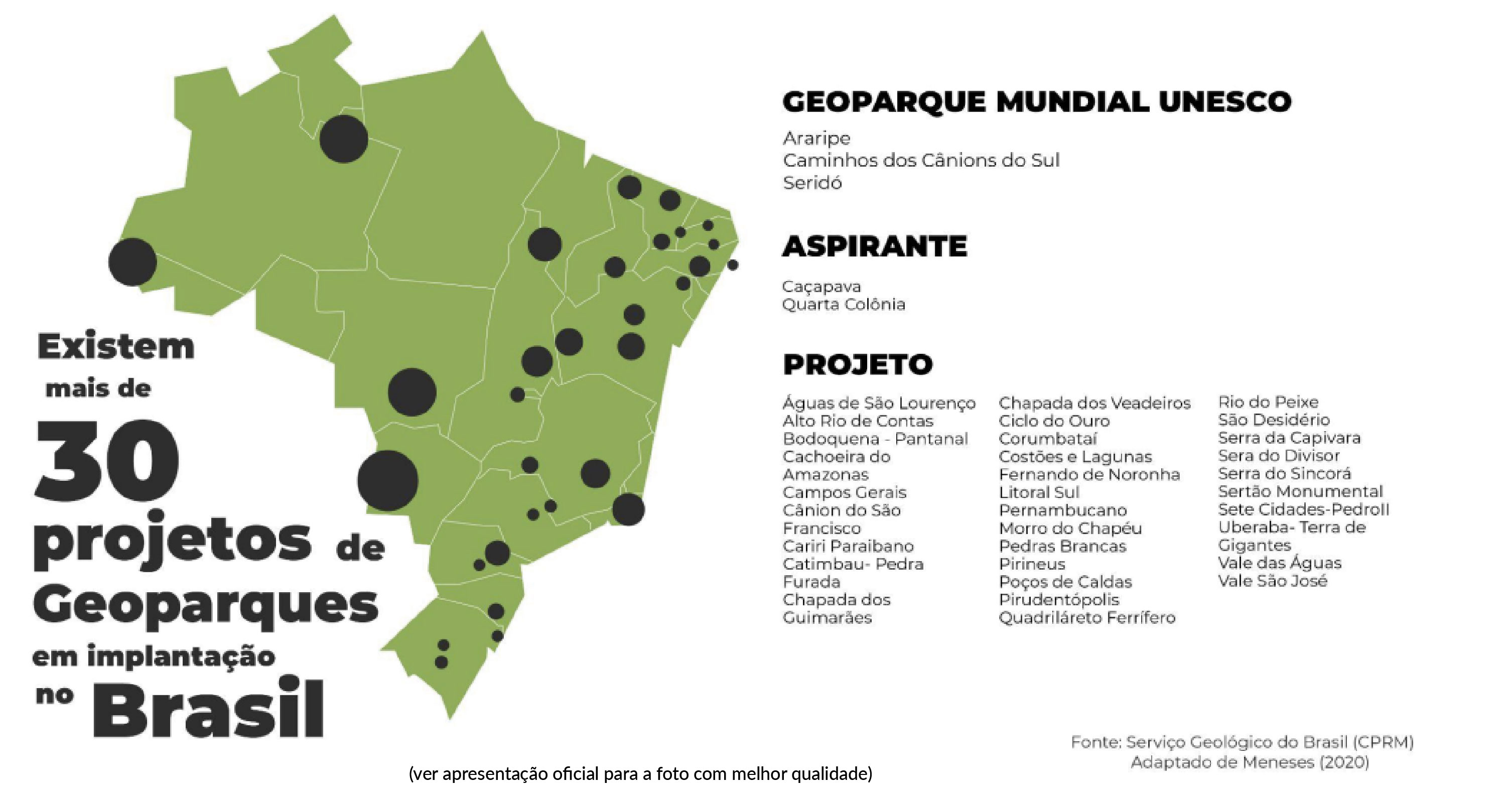
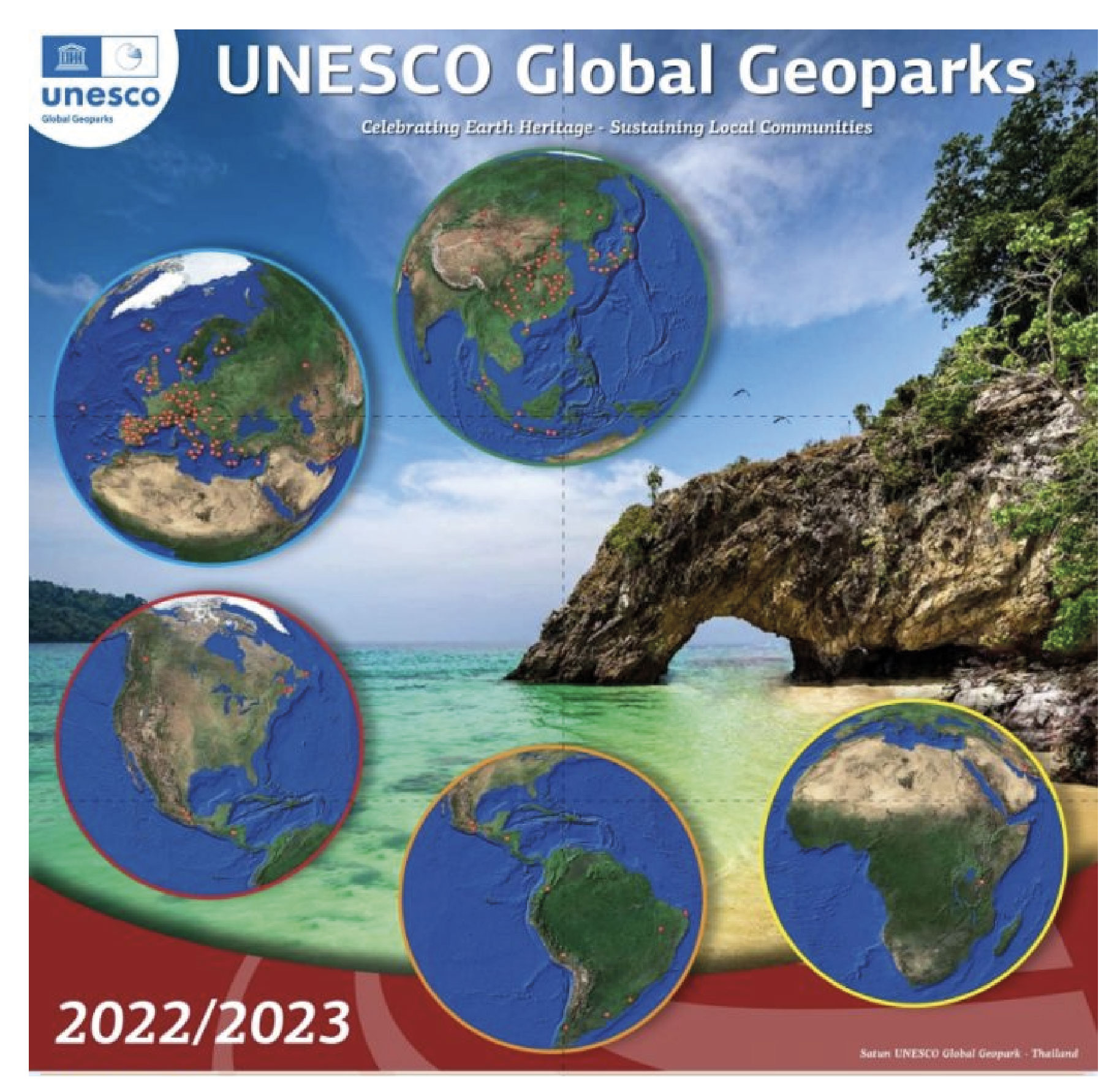
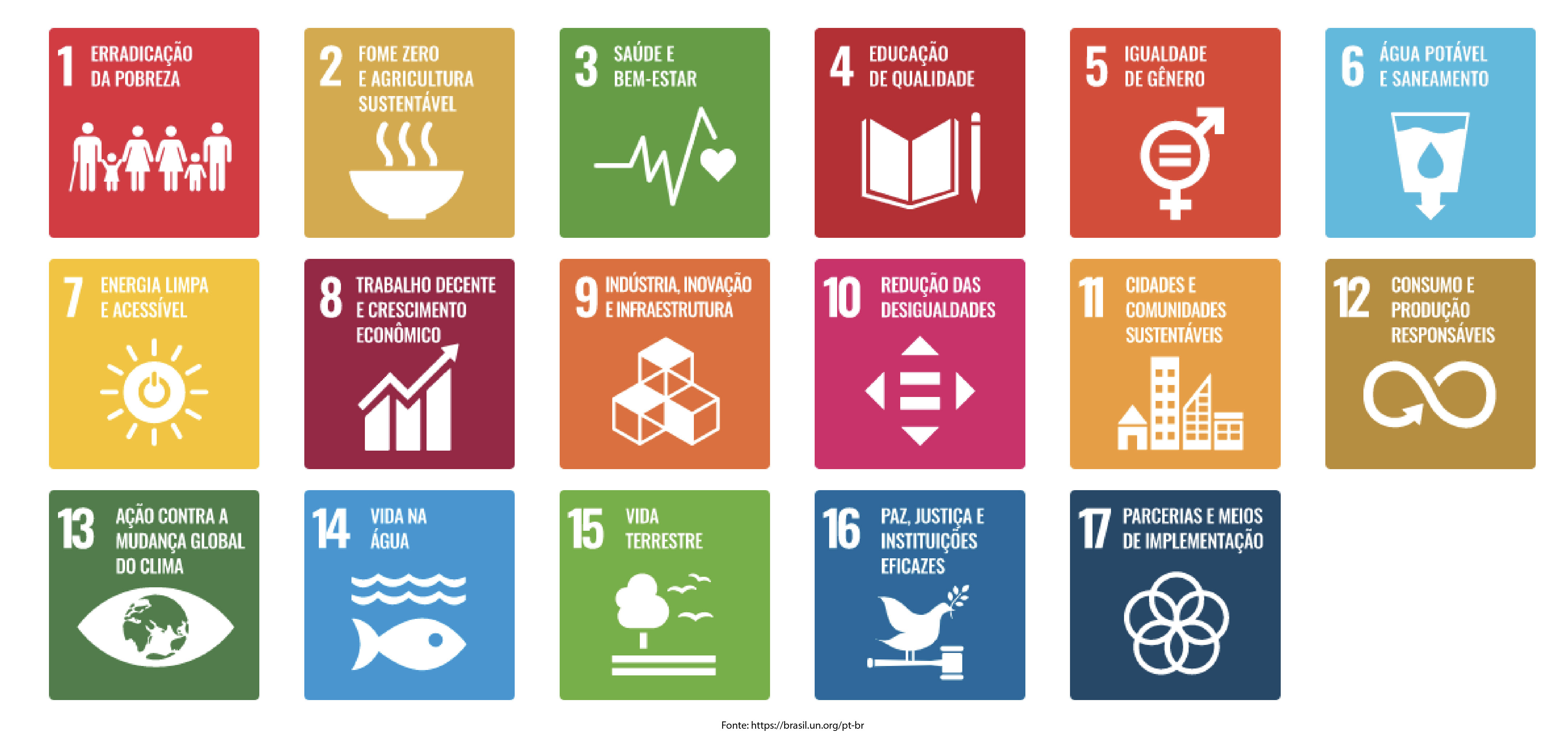
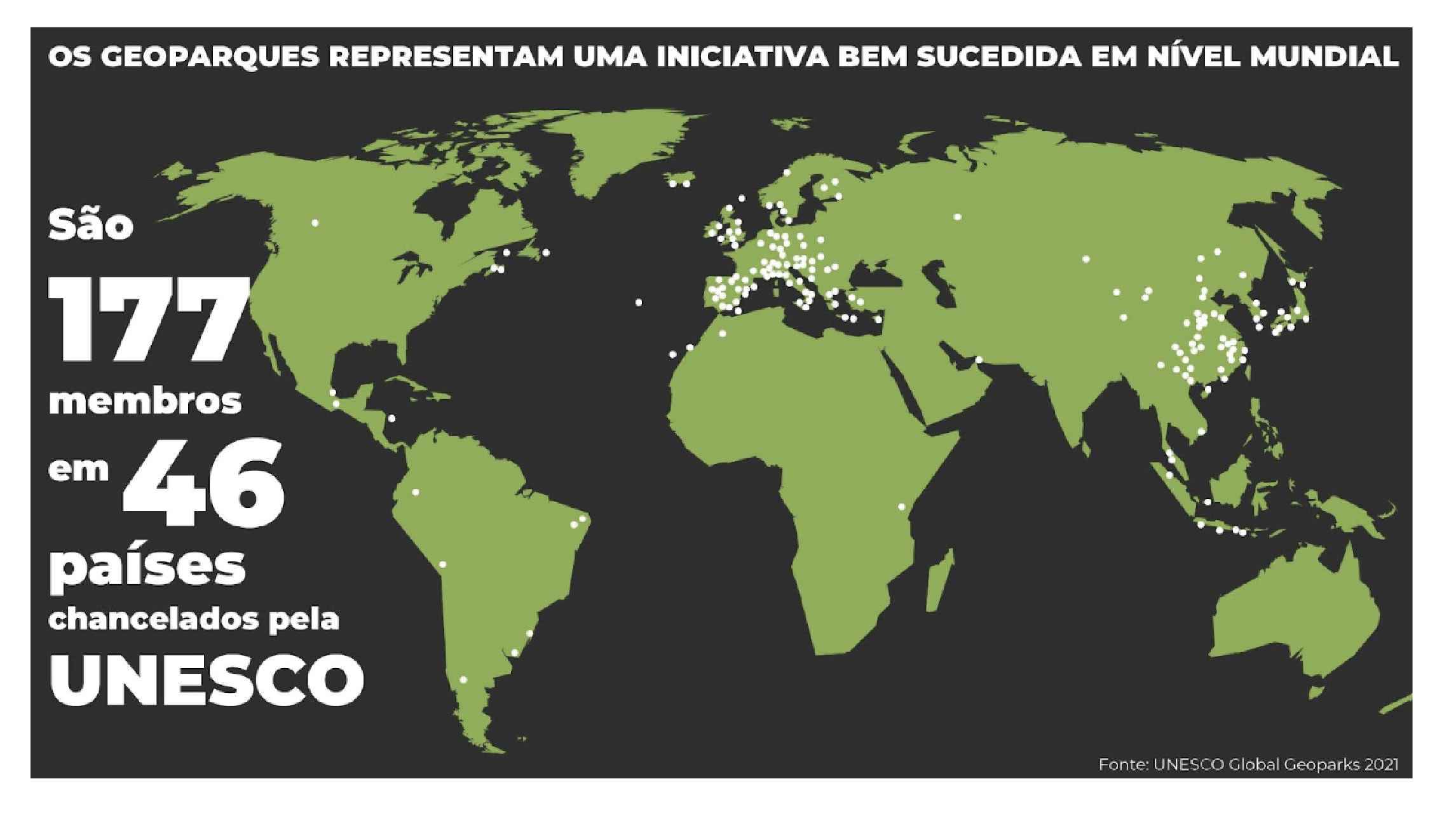













 Versão Português
Versão Português